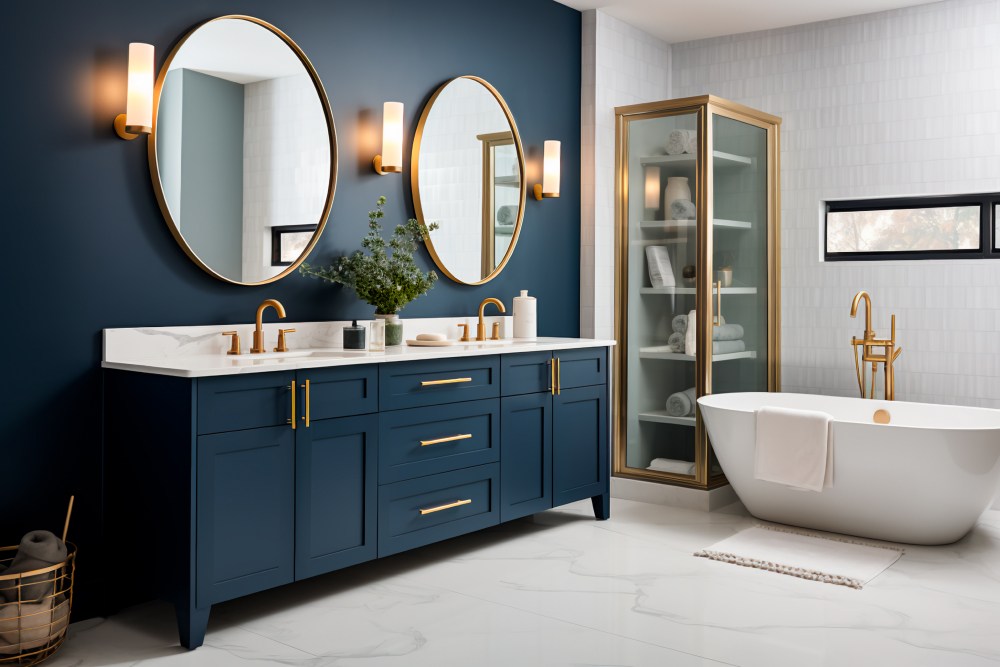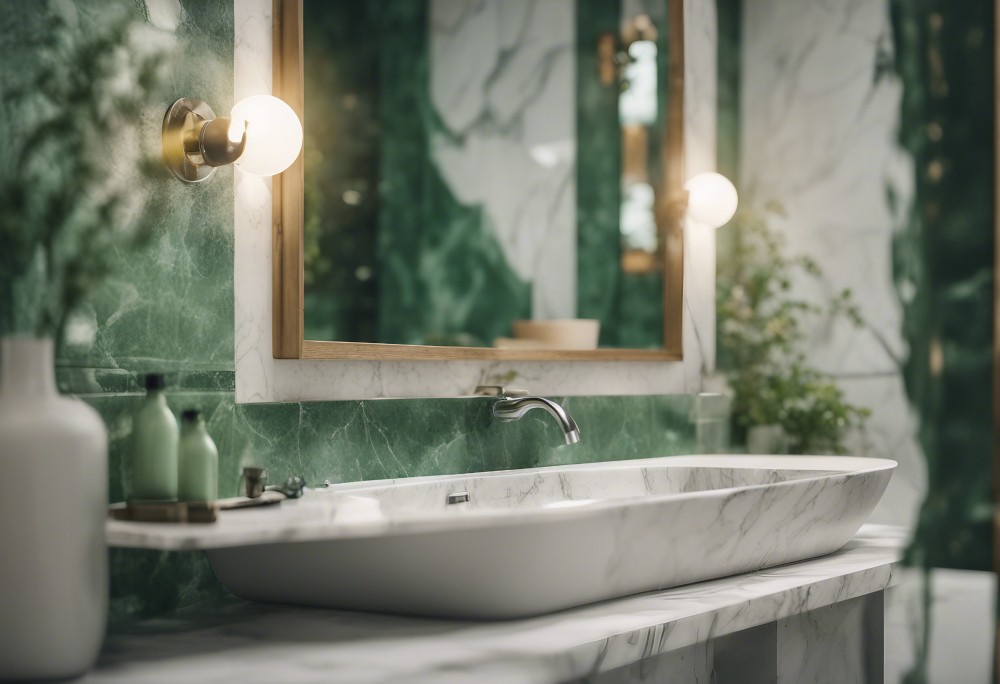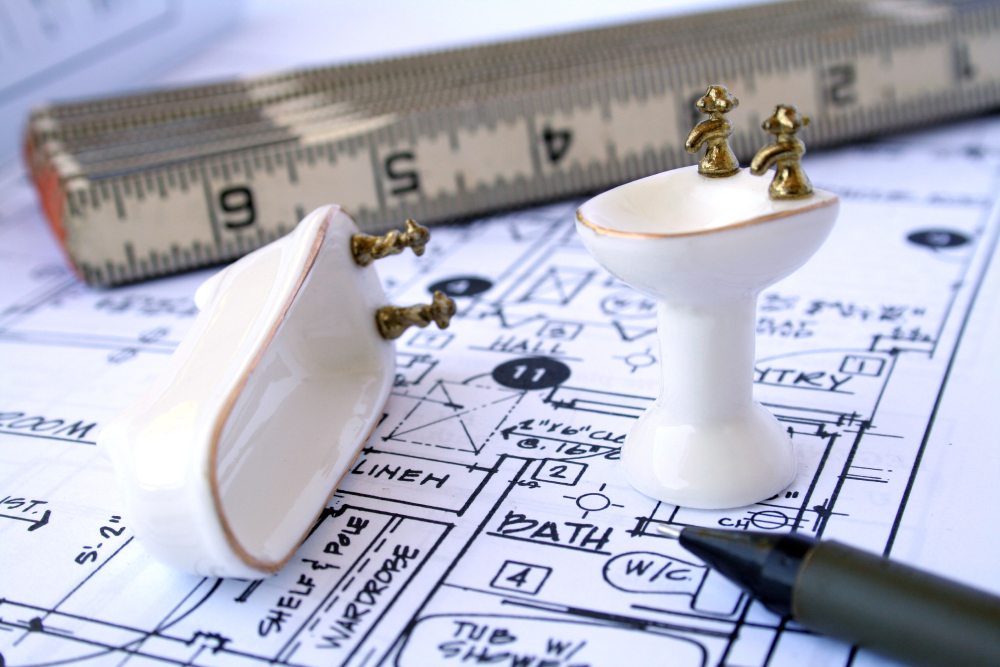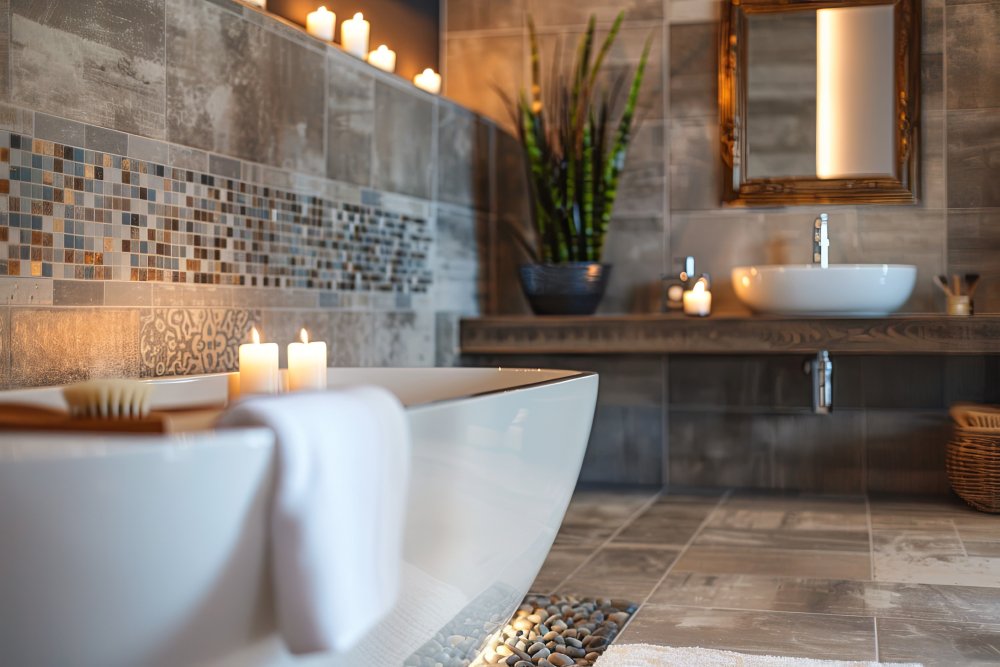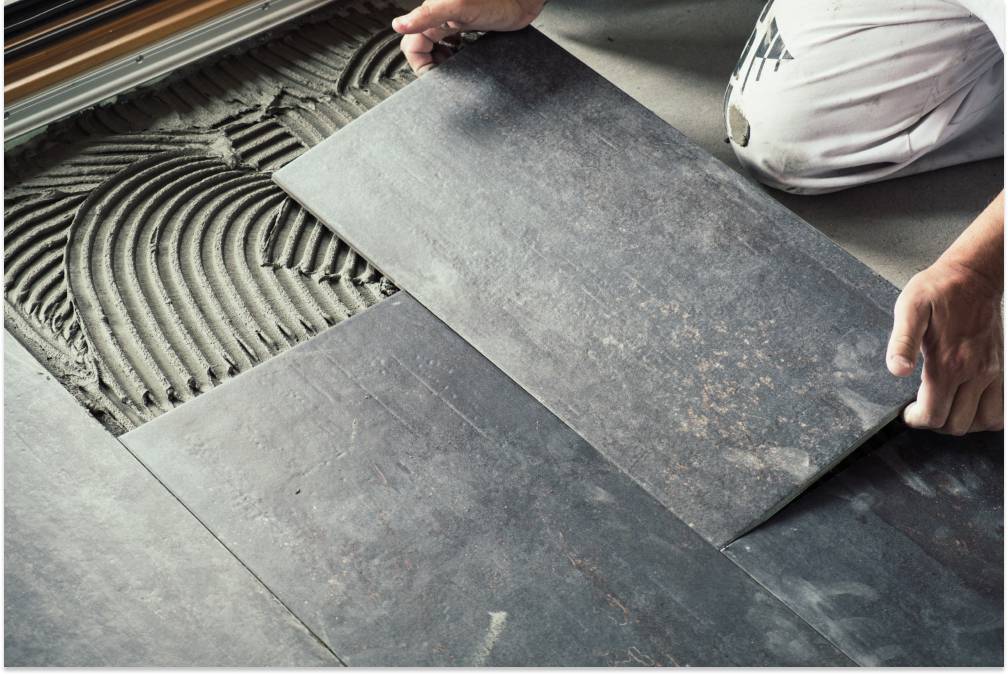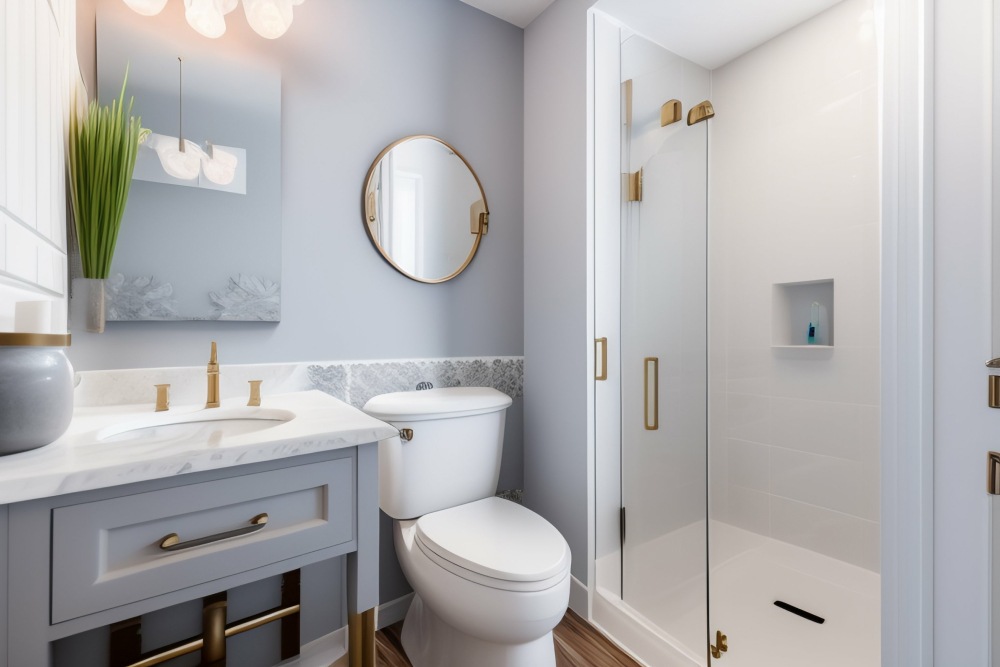1. Poor Planning and Lack of a Clear Vision
Overview: One of the biggest mistakes homeowners make is diving into a bathroom remodel without a solid plan. A clear vision and thorough planning are essential for a successful renovation.
Key Points:
- Define Your Goals: Determine what you want to achieve with the remodel, such as increasing storage, updating fixtures, or improving layout.
- Set a Realistic Budget: Outline all potential expenses, including materials, labor, permits, and unexpected costs. Allocate a contingency fund for surprises.
- Create a Design Plan: Consider the layout, style, and functionality. Use design software or work with a professional to visualize the final result.
- Timeline: Establish a realistic timeline and factor in potential delays.
- Research: Gather inspiration from magazines, websites, and showrooms. Understand the scope of the project before starting.
- Consult Professionals: Seek advice from contractors, designers, and architects to refine your plan and address potential issues.
2. Underestimating Costs
Overview: Bathroom remodels can be expensive, and many homeowners underestimate the total cost, leading to budget overruns and incomplete projects.
Key Points:
- Detailed Budget: Include all costs such as demolition, plumbing, electrical work, materials, labor, fixtures, and finishes.
- Contingency Fund: Set aside 10-20% of your budget for unexpected expenses like hidden water damage or structural issues.
- Prioritize Spending: Focus on essential upgrades first, such as plumbing and waterproofing, before splurging on luxury items.
- Get Multiple Quotes: Obtain quotes from several contractors to understand the cost range and avoid overpaying.
- Track Expenses: Keep a detailed record of all expenditures to monitor your budget throughout the project.
3. Choosing the Wrong Materials
Overview: Selecting inappropriate materials can lead to durability issues, maintenance headaches, and an overall lack of cohesion in your bathroom design.
Key Points:
- Durability: Choose materials that can withstand the humid, wet environment of a bathroom, such as porcelain tiles, quartz countertops, and moisture-resistant paint.
- Maintenance: Consider the ease of cleaning and maintenance when selecting materials. For example, natural stone may require sealing, while glass tiles can show water spots.
- Aesthetic Consistency: Ensure that all materials complement each other in terms of color, texture, and style.
- Quality Over Price: Invest in high-quality materials for key areas like flooring, countertops, and fixtures.
- Test Samples: View and test samples in your bathroom’s lighting to ensure they meet your expectations.
Join HICP Homeowner’s Alliance
Connect with experts, get special discounts and enjoy member benefits
4. Ignoring Ventilation
Overview: Proper ventilation is crucial in a bathroom to prevent mold, mildew, and moisture damage. Overlooking this aspect can lead to long-term problems.
Key Points:
- Exhaust Fans: Install a high-quality exhaust fan to remove moisture and odors. Ensure it’s appropriately sized for your bathroom.
- Windows: If possible, incorporate windows for natural ventilation and light.
- Ductwork: Make sure the exhaust fan is vented to the outside, not just into the attic or crawlspace.
- Humidity Sensors: Consider exhaust fans with humidity sensors that automatically turn on when moisture levels rise.
- Regular Maintenance: Clean the exhaust fan regularly to ensure it functions efficiently.
5. Inadequate Lighting
Overview: Good lighting is essential for both functionality and ambiance in a bathroom. Insufficient or poorly planned lighting can negatively impact the space.
Key Points:
- Layered Lighting: Use a combination of ambient, task, and accent lighting to create a well-lit, functional space.
- Task Lighting: Ensure bright, shadow-free lighting around mirrors and vanities for grooming tasks.
- Dimmable Lights: Install dimmable lights to adjust the mood and brightness as needed.
- Natural Light: Maximize natural light with windows or skylights if possible.
- LED Lights: Use energy-efficient LED lights that offer a variety of color temperatures to suit different times of the day and activities.
6. Improper Layout and Design
Overview: A poorly designed layout can lead to a cramped, inefficient bathroom that’s difficult to use. Proper layout planning is essential for comfort and functionality.
Key Points:
- Space Utilization: Maximize space by strategically placing fixtures and storage. Consider a compact or wall-mounted vanity to free up floor space.
- Accessibility: Ensure the layout is accessible and comfortable for all users, including those with mobility issues.
- Flow: Maintain a logical flow between different areas, such as the shower, toilet, and vanity.
- Professional Help: Work with a designer or architect to optimize the layout and avoid common pitfalls.
- Mock-Ups: Create mock-ups or use design software to visualize the layout and make necessary adjustments.
7. Overlooking Storage Needs
Overview: Adequate storage is crucial for keeping a bathroom organized and clutter-free. Ignoring storage needs can lead to a disorganized space.
Key Points:
- Built-In Storage: Incorporate built-in shelves, niches, and cabinets to maximize storage without taking up floor space.
- Vanity Storage: Choose a vanity with drawers and cabinets to store toiletries and essentials.
- Wall-Mounted Storage: Use wall-mounted shelves, medicine cabinets, and hooks to save floor space and keep items within reach.
- Multi-Functional Furniture: Consider multi-functional furniture, such as a vanity with a built-in laundry hamper or a mirror with hidden storage.
- Declutter Regularly: Regularly declutter and organize to maintain a tidy, functional bathroom.
8. DIY When You Need a Pro
Overview: While DIY can save money, some aspects of a bathroom remodel require professional expertise. Attempting complex tasks without the necessary skills can lead to costly mistakes.
Key Points:
- Electrical Work: Hire a licensed electrician for wiring and electrical installations to ensure safety and compliance with codes.
- Plumbing: Professional plumbers can properly install and connect fixtures, preventing leaks and water damage.
- Tiling: Professional tilers ensure precise installation, preventing issues like uneven tiles and water infiltration.
- Know Your Limits: Recognize your skill level and hire professionals for tasks beyond your expertise.
- Permits and Codes: Ensure all work complies with local building codes and obtain necessary permits.
9. Neglecting Future Needs
Overview: Failing to consider future needs can result in a bathroom that quickly becomes outdated or impractical. Plan for long-term usability and adaptability.
Key Points:
- Aging in Place: Incorporate features like grab bars, walk-in showers, and non-slip flooring to accommodate aging or mobility issues.
- Resale Value: Choose timeless designs and neutral colors that appeal to potential future buyers.
- Flexibility: Design the space to be easily adaptable for changing needs, such as growing families or new technologies.
- Universal Design: Implement universal design principles to create a bathroom that’s accessible and functional for everyone.
- Long-Term Perspective: Think about how your needs might change over the next 5-10 years and plan accordingly.
A successful bathroom remodel requires careful planning, attention to detail, and avoiding common pitfalls. By understanding and steering clear of these top bathroom remodeling mistakes, you can create a beautiful, functional, and durable space that meets your needs and enhances your home. Whether you’re updating a small powder room or transforming a master bathroom, these tips will help you achieve a result you can enjoy for years to come.

